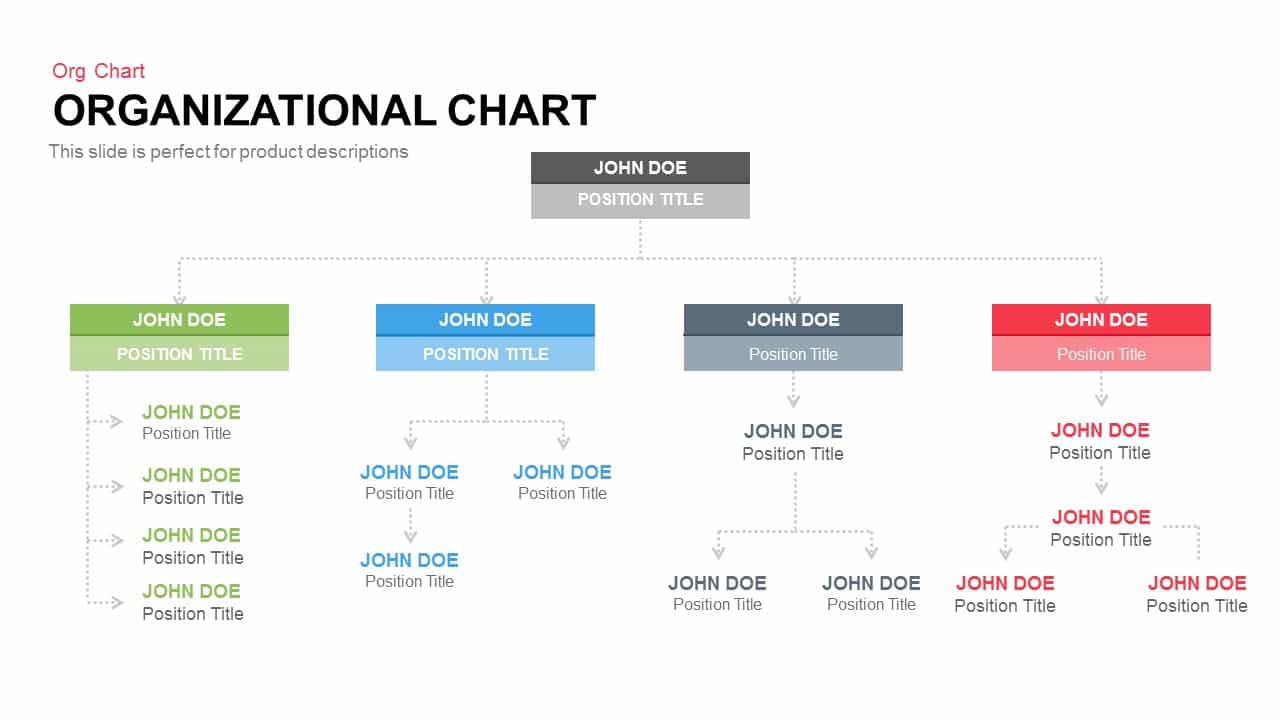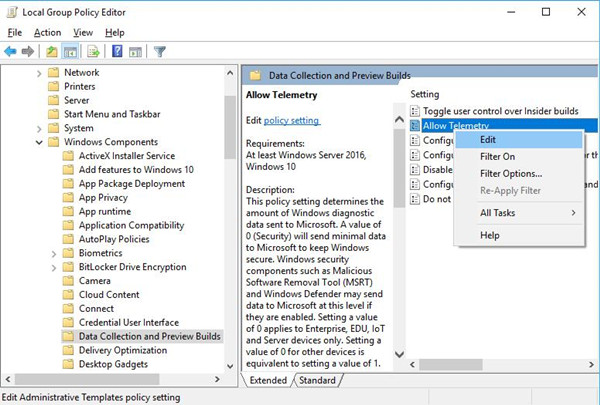
#Scrivener windows template for groups and organizations keygen


Often I’d want to tweak it slightly to reflect the way that character experiences the event. The first was just to copy the text and paste it into the second character’s column. Sometimes an event impacted more than one character. I had two methods for this. There’s no equivalent for horizontal space, which is a pity. Using my lines as reference points I started dropping events into place.Īny time things got cramped, I used the Insert Space function (Insert > Insert Space) to add vertical space. It’s as simple as positioning your mouse and clicking to make a new text box, which you can then resize.

With those visual guides in place I could add my events. The result looks like a standard piece of college-ruled loose-leaf paper. Luckily, OneNote has lines built in! In Office 365 you can go to View > Rule Lines and select the line density.

I started on a blank white background, but quickly realized I wanted even more rows to help me line items up. Thanks to the color coding I knew I could zoom in and out and always have a visual cue reminding me where I was. I used color-coding on those lines as well, moving from yellow to orange to red to indicate intensity as I did in The Monster Novel Structure Workbook. I also drew horizontal lines to differentiate the novel’s acts (Act I, Act II-Part 1, Act II-Part 2, Act III). (I thought I’d need more columns than four.) I started with red on the left, and moved through the rainbow toward purple. To help orient myself as it got bigger, I color-coded the lines. I used the draw tools to create straight lines, and set up four columns, each with a label. But inspiration struck-I could try it in OneNote! Usually that would mean index cards (or other small pieces of paper) spread across a large surface. I wanted to have a chronological timeline for each and see where they intersected, make sure I hadn’t forgotten someone, etc. It has 3 POVs and a fourth important character. My challenge for the current WIP was not an easy one. Getting a visual timeline of multiple POVs The workspace expands and contracts according to the content, so if you need to go wider or longer you can. You can position text anywhere you want, add basic drawing elements, insert images, and even add list and checkbox functions. (If you have Office 365 you can even add the apps to your mobile devices to reference and add to on the go.)īasically, OneNote is a relatively free-form note-taking program. MS OneNote is part of the Office suite, and if you have Word chances are good you already have OneNote. But I I’ve found something that includes a lot of the good points and adds a few extras: Microsoft OneNote. The Scrivener corkboard isn’t perfect, of course. Outlining and Structuring – Freestyle with Freeform Mode on the Corkboard from Literature & Latte on Vimeo. On Mac, and in Scrivener 3 for Windows (releasing… eventually…) you can arrange the cards in any position you want. I know you can have virtual index cars in Scrivener, but in Scrivener 1 on Windows we’re still limited to keeping the cards in strict rows and columns. I really like and have used index cards to arrange scenes and beats, but that usually requires physical items. I may be a writer but I love using visual cues to organize my writing.


 0 kommentar(er)
0 kommentar(er)
